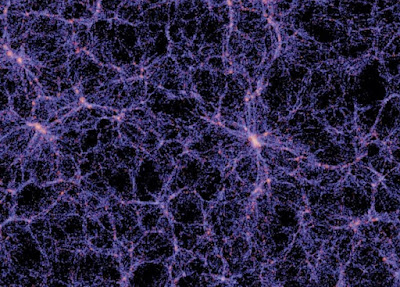Isaac Newton's Law of Gravity: this law states that all objects in the universe attract each other with a force proportional to the mass of the objects and inversely proportional to the square of the distance between them:
1_Law of Conservation of Energy: this law states that the total energy of the universe is constant and that energy cannot be created or destroyed, only transformed from one form to another.
2_Law of Conservation of Momentum: this law states that the total momentum of a closed system is constant, as long as there are no external forces acting on it.
3_Maxwell's Laws of Electromagnetism: these laws describe how electricity and magnetism are related and how these forces affect matter.
4_Albert Einstein's Theory of Relativity: this theory describes how gravity affects the geometry of space and time.
5_Quantum Physics: This theory describes the behavior of subatomic particles and how they relate to radiation.
6_Law of Entropy: This statistical law of thermodynamics states that entropy (disorder) of a system tends to increase over time.
7_These fundamental laws of the universe are widely accepted by the scientific community and have been confirmed by numerous experiments and observations.







